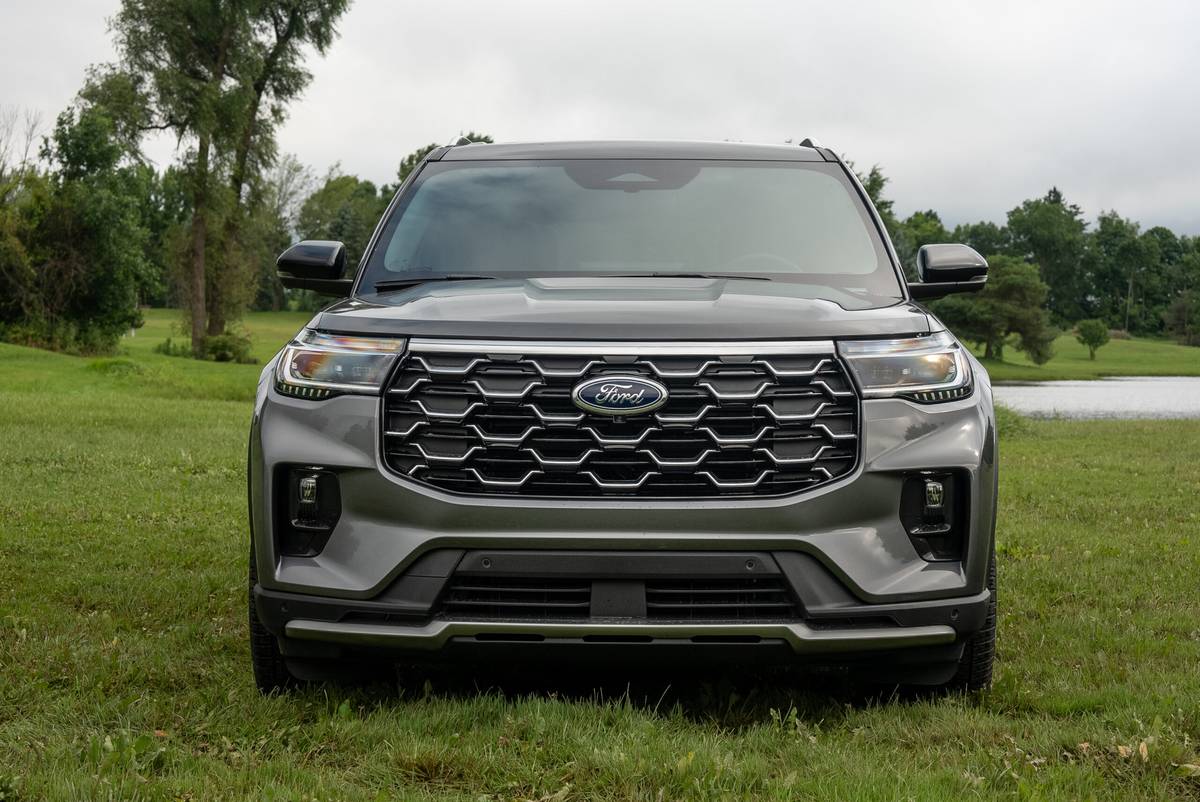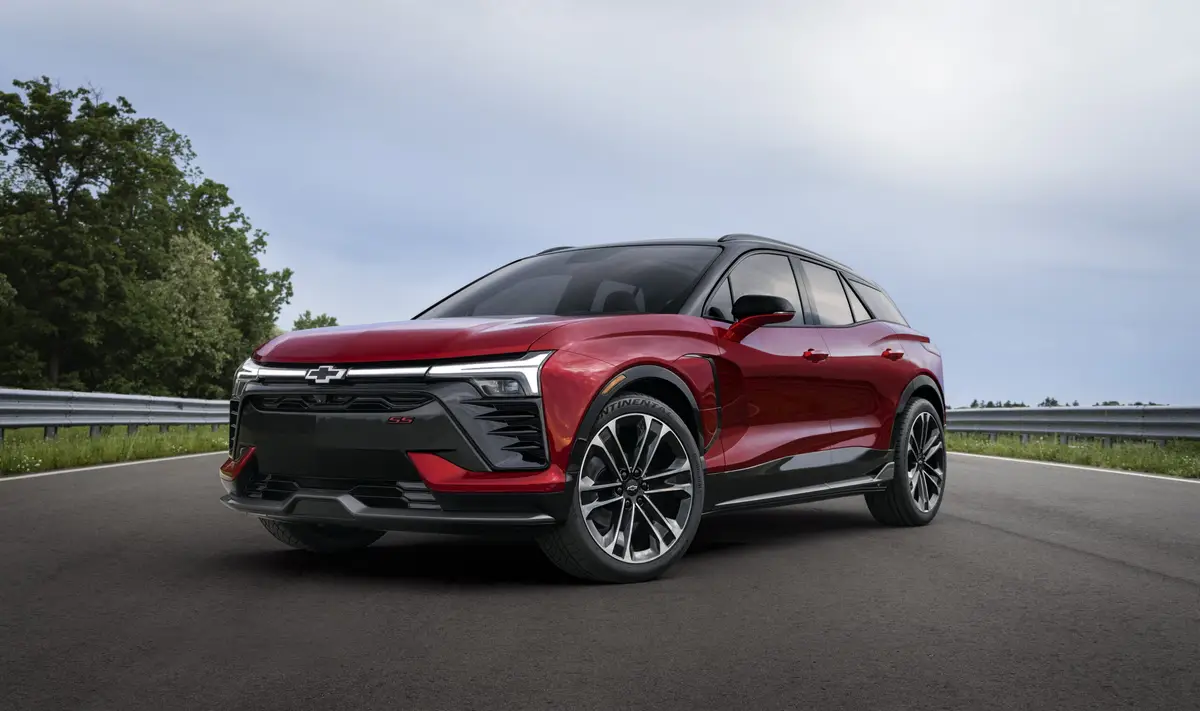2025 Honda CR-V e:FCEV Is a Fuel-Cell Vehicle You Can Lease
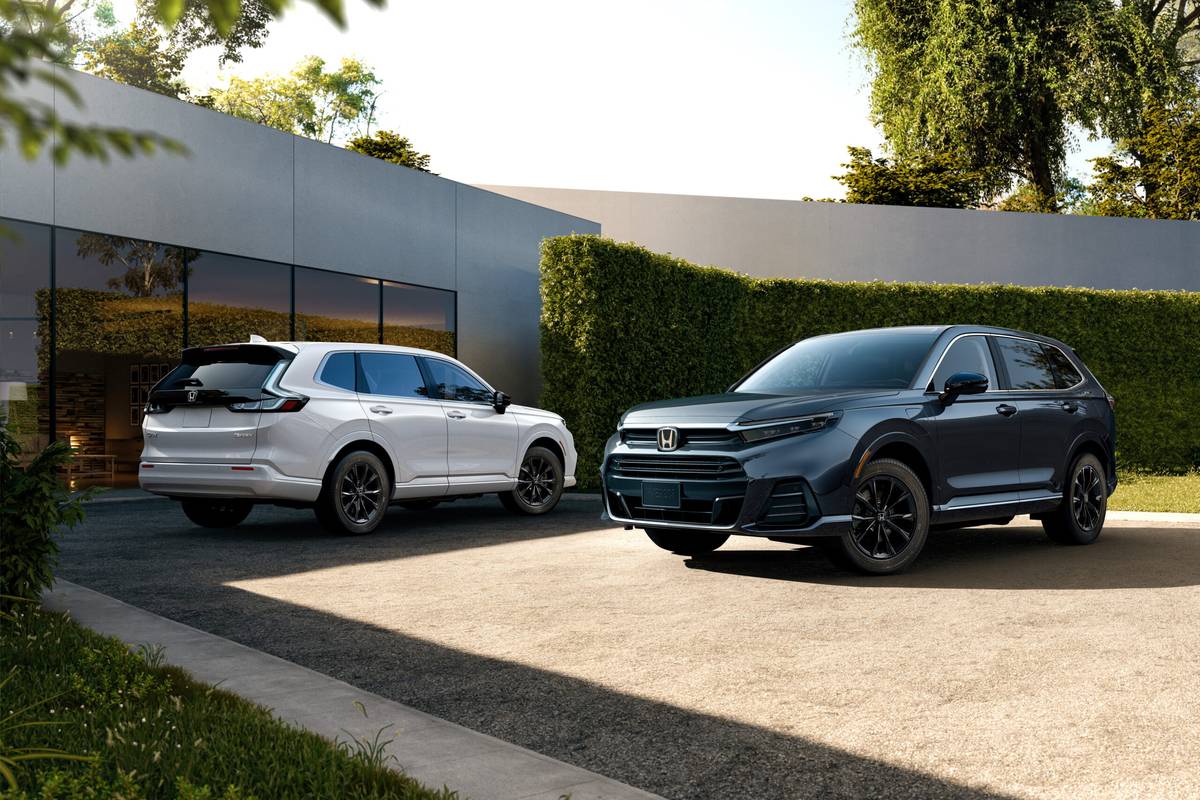
Electric vehicles continue to dominate alt-fuel headlines, but hydrogen fuel-cell cars won’t call it quits. The latest is the 2025 Honda CR-V e:FCEV, a hydrogen-powered compact SUV that for some users might flip the usual plug-in hybrid rationale on its head.
Related: What Are Hydrogen Cars?



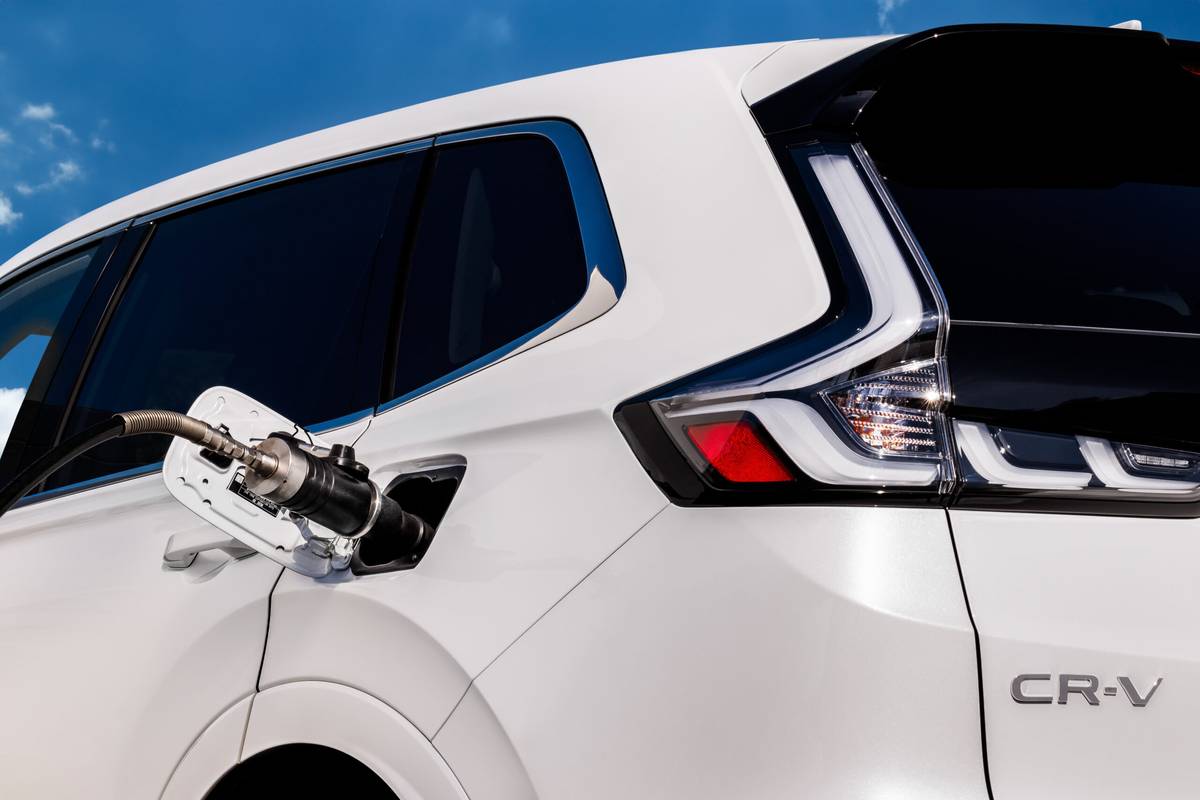


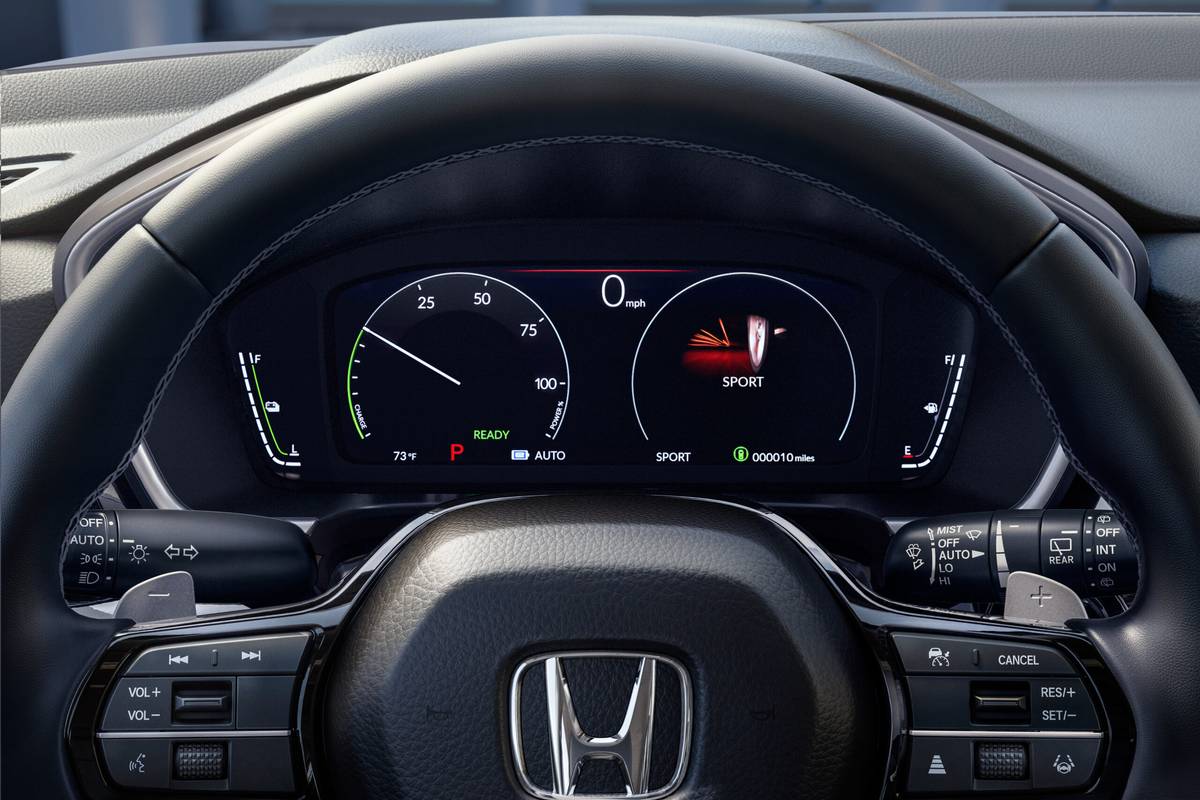











Two Advanced Technologies in One
Often called “fuel-cell electric vehicles,” or FCEVs, fuel-cell vehicles are powered by hydrogen stored in onboard tanks. The fuel cell that gives them their name is a bit of advanced technology in which hydrogen is combined with oxygen from the air, generating electricity that powers the vehicle. In that sense, a fuel-cell vehicle is like an EV with an onboard generator; the only tailpipe emission from a fuel-cell vehicle is water vapor.
From the outside, the 2025 CR-V e:FCEV looks a lot like the plain old CR-V you can buy anywhere in America today. But underneath that unique sheet metal forward of the A-pillar lives a powertrain completely distinct from that of any other vehicle on the road — even the Toyota Mirai, Hyundai Nexo (the only other FCEVs available in the U.S.) or the Clarity (Honda’s most recent fuel-cell vehicle). Not only does the CR-V e:FCEV have an all-new fuel cell, but its 17.7-kilowatt-hour battery pack endows it with an estimated 29 miles of range with the fuel cell inactive, according to Honda. That makes it a plug-in hybrid FCEV, although we can see why Honda went with e:FCEV instead of PHFCEV for the name.
A typical use case for plug-in hybrids is that they allow drivers emissions-free driving for the first couple of dozen miles each day without the range anxiety of a dedicated EV. But hydrogen fueling stations are rare, which is why the CR-V e:FCEV (like the Mirai and Nexo) will only be available in California, where they are slightly less rare. We can imagine that CR-V e:FCEV drivers might rely on that battery range as the safety net a regular PHEV’s gas tank provides: as a bridge to the next refueling station when the hydrogen runs out instead of a means of getting to your next plug. Honda quotes the CR-V e:FCEV’s total range as 270 miles.
Normal in Some Ways
Aside from storing energy in a 10,000-pounds-per-square-inch tank of hydrogen instead of a large battery pack, the 2025 CR-V e:FCEV works like a regular all-electric car. A single motor drives the front axle with 174 horsepower and 229 pounds-feet of torque — 16 fewer hp but 50 more pounds-feet than the turbocharged 1.5-liter four-cylinder engine in a gas-powered CR-V.
Given the limited appeal of fuel-cell vehicles, it will only be available for leasing, not purchasing; lease prices will be available closer to launch. The sole configuration will be the well-equipped Touring trim, with synthetic leather, heated front seats, heated steering wheel, dual-zone climate control, a 10.2-inch digital instrument cluster, wireless phone charging and 9-inch touchscreen with wireless Android Auto and Apple CarPlay. The Honda Sensing advanced safety suite is standard and includes forward collision warning with automatic emergency braking, adaptive cruise control, lane departure steering assist, blind spot monitors, rear cross-traffic alert, and front and rear parking sensors.
Unexpected Roots, Ambitious Reach
As Honda builds the 2025 CR-V e:FCEV at the same Marysville, Ohio, plant that churns out regular CR-Vs, the company proudly proclaims it “the only fuel-cell electric passenger vehicle made in America.” And its Midwestern roots go even deeper: The fuel cell, co-developed with GM, is manufactured by Fuel Cell System Manufacturing in Brownstown, Mich. Honda says the cooperation with GM allowed it to reduce the cost of the fuel cell in the CR-V e:FCEV by two-thirds compared to the unit in the Clarity.
In much the same way as EV charging infrastructure has needed to rapidly expand to support wider consumer adoption of electric vehicles, FCEVs are unlikely to find footing without a considerably more developed refueling network. To that end, Honda has national ambitions not only for the CR-V e:FCEV, but for fuel cells and hydrogen in general. In addition to passenger vehicles, the company is working toward establishing fuel cells in three other areas: stationary power stations, commercial vehicles and construction machinery.
More From Cars.com:
- What MPG Does the 2024 Honda CR-V Get?
- These 71 Cars Earned IIHS Top Safety Pick Awards Amid Tougher Criteria
- Honda CR-V: Which Should You Buy, 2023 or 2024?
- More Honda News
- Find Your Next Car
Related Video:
Cars.com’s Editorial department is your source for automotive news and reviews. In line with Cars.com’s long-standing ethics policy, editors and reviewers don’t accept gifts or free trips from automakers. The Editorial department is independent of Cars.com’s advertising, sales and sponsored content departments.
Featured stories

